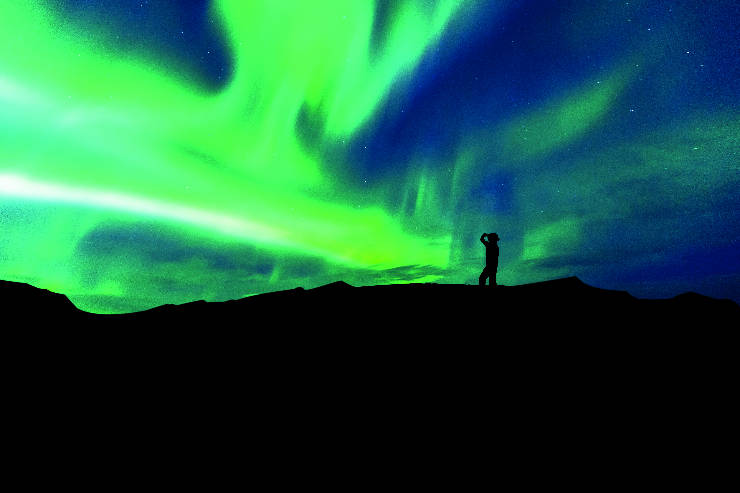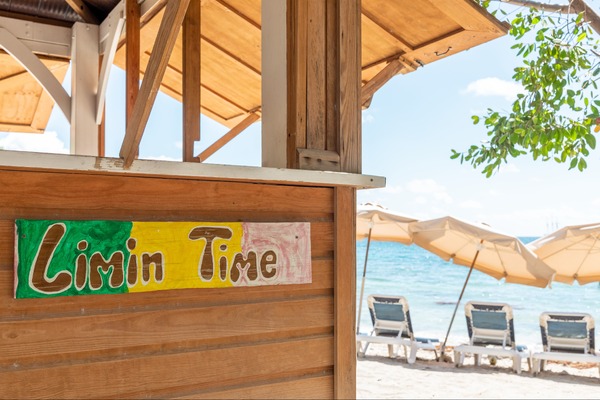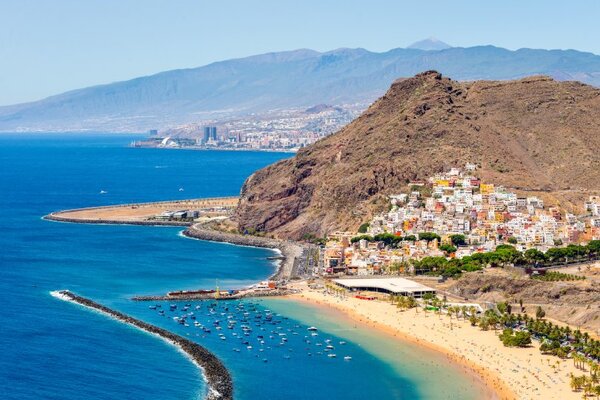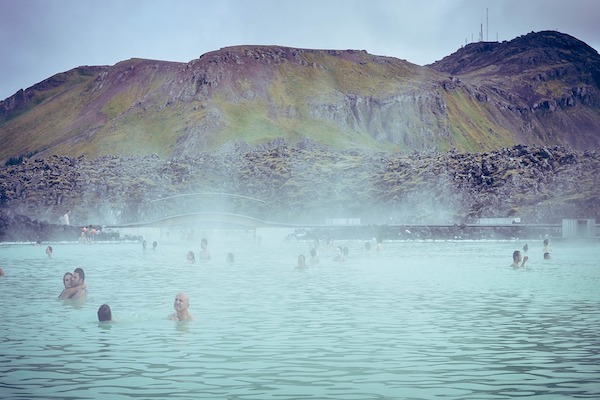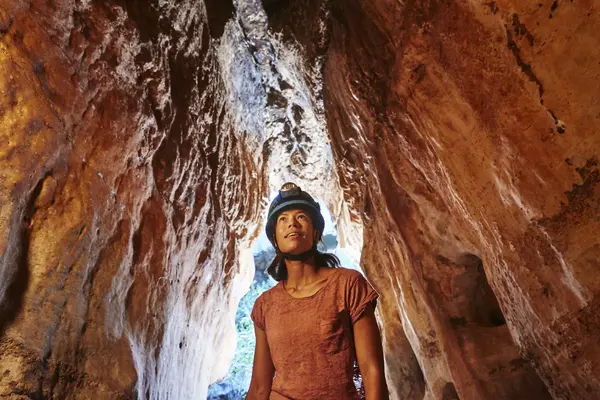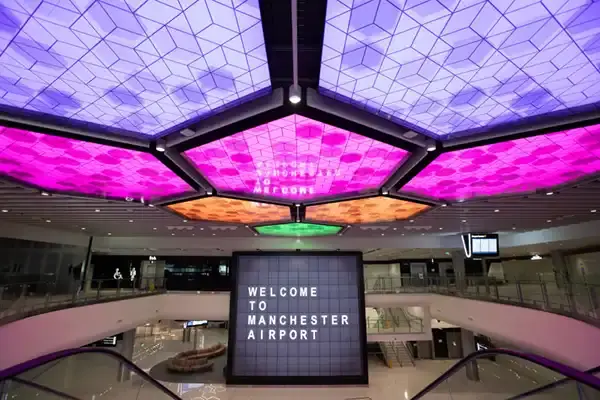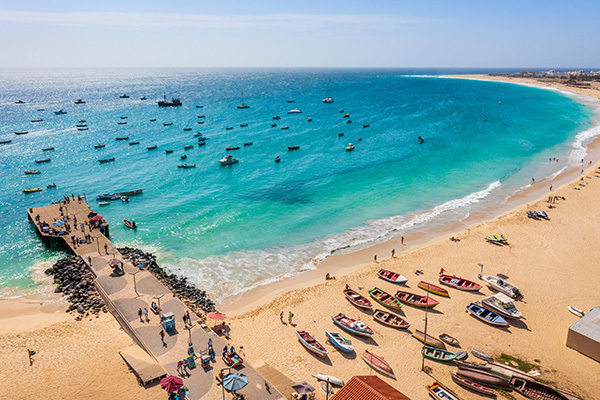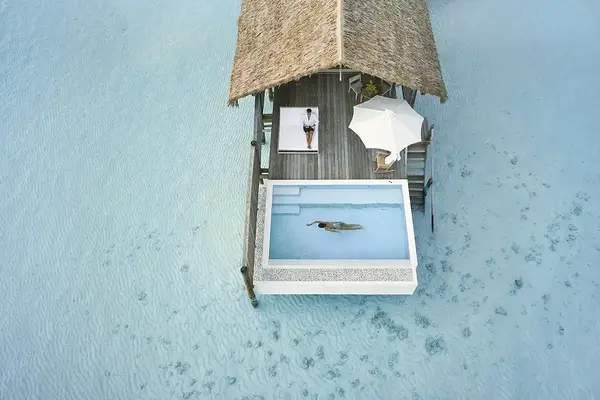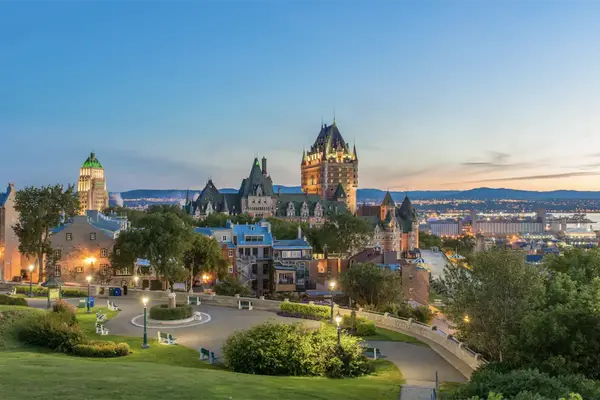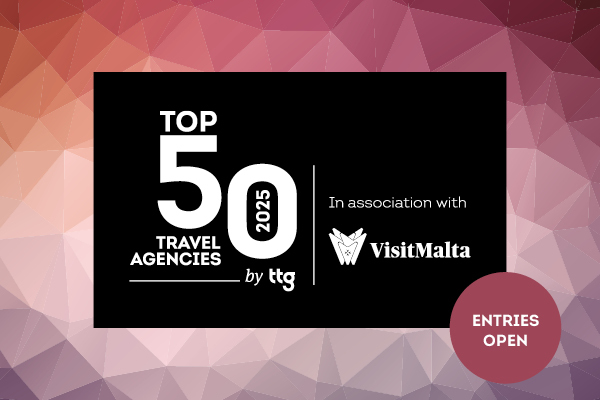Tapping into the travel trends of tomorrow
With the travel industry constantly evolving, it helps to keep your finger on the pulse. The Future Laboratory’s Holly Friend outlines some recent trends in the air travel, accommodation and destination sectors.
You might be clued up on the trends of today, but what does tomorrow hold?
From family-focused private jet travel to increased interest in the polar regions, Holly Friend of business strategy company The Future Laboratory predicts what clients will be booking in 2019 and beyond.
Air travel
Airlines are realising that they must rethink the unsustainable practices of air travel and cater to a consumer demographic that increasingly values eco-consciousness, leading to a rise in “conscious flying”. Easyjet is exploring this by developing electric planes for the budget airline’s short-haul routes, which will be rolled out over the next 10 years.
Meanwhile, Portuguese charter airline Hi Fly and Ryanair are among those committing to plastic-free flights, in response to the sheer volume of wasteful amenities used – and promptly discarded – on planes.
At the high end of the air travel market, we’ve seen the rise of “nextgen jets”, whereby private jets, which were previously the preserve of the billionaire set, are diversifying in order to appeal to a new generation of affluent consumers.
One example of this is how private jets are taking tips from the sharing economy, a model originally created to save people money. Membership-based private flight providers such as Wheels Up and charter brokers such as XOJet and JetSmarter now give those outside the billionaire club the opportunity to fly on their own terms at a fraction of the cost of buying their own jet. JetSmarter, a chief innovator in the sector, has a pay-as-you-go pricing model that does away with the annual membership model usually required to use private aviation services.
Some private aviation companies are refocusing efforts away from businesspeople and towards wealthy families. London-based VistaJet developed its Adventures in the Sky offer after noting one of every four of its flights in 2017 had a child onboard, but only 1 in 10 had a nanny to mind them. Its service comprises activities that entertain and educate children onboard, guided by cabin hostesses trained at the renowned Norland College school of childcare. Its immersive, themed experiences include Alice in Wonderland and a spy adventure.
Accommodation
We’ve seen a major shift in how hoteliers are building properties, leading to the creation of “repurposed resorts”. With rural villages becoming vacant and city homes lying empty, hotel brands are considering the environmental impact of their industry and turning empty buildings into tourism opportunities.
Buildings, new and old, are lying empty around the world, and the problem is only increasing. According to the UK’s Office for National Statistics, 1 in 20 homes in the high-end districts of central and west London lie empty. In other parts of the world, entire villages are vacant.
In Italy, almost 2,500 rural villages, most of which are in the country’s historically impoverished south, are at risk of becoming ghost towns.
In a bid to transform these uninhabited spaces, brands are seizing control of empty or forgotten buildings, turning them into unique forms of accommodation. In Amsterdam, Sweets Hotel is renovating the city’s disused bridge houses, turning them into hotel accommodation.
Comprising 28 two-person suites scattered across the city, the hotel is making use of the former residences of bridge controllers, whose jobs have been made redundant by technology.
As modern living, jobs and education entice young people and families into cities, many rural towns, villages and hamlets are also being left desolate. Recognising their tourism potential, hotel brands are turning these entire villages into resorts.
In Italy, village resorts have become so popular that they have their own name – alberghi diffusi – or scattered hotels. The Associazione Nazionale Alberghi Diffusi says the country has about 120 of these resorts, with six or seven opening every year.
Destinations
In terms of geographical destinations, there is an increased interest in polar travel. A rise in accessibility to the Arctic and Antarctica is offering consumers new ways to experience the polar regions, with innovative hospitality brands focusing on responsible tourism. As a result of this boost in tourism, a new wave of luxury hotels is also opening.
The Arctic Bath Hotel and Spa, a floating hotel on the Lule River in Swedish Lapland, will enable guests to see the northern lights and try cold baths. Sheldon Chalet in Alaska is another example. As well as offering a luxury experience at 1,800 metres, it offers experiences and opportunities that would traditionally have been reserved for mountaineers.
Saudi Arabia is also welcoming more tourists under the guidance of a forward-thinking millennial crown prince. Driven by the need to diversify its oil-dependent economy, the country is relaxing its ultraconservative image and rethinking laws that have limited its ability to modernise, marking an ambitious new direction for the nation. Measures such as visa restrictions, Sharia law and policies regarding women’s dress and human rights that would have previously deterred Western tourists are gradually being relaxed.
The Red Sea Project, part of Mohammed bin Salman’s Vision 2030 initiative, is a key step in the country’s modernisation. The high-end resort comprises 50 islands spread across an area larger than Belgium. As well as attracting investment from Virgin founder Richard Branson, the project has garnered international praise for its willingness to rethink conservative policies.
Consumer trends impacting travel in 2019
Changes in consumer behaviour are likely to affect travel demands. Euromonitor International’s Top 10 Global Consumer Trends for 2019 identifies a number of trends among consumers that could be worth bearing in mind when you are communicating with customers. Euromonitor outlines the following:
1. I want it now!
Consumers seek frictionless experiences that mesh with their lifestyles, so they can dedicate more time to their professional or social lives. Agents are well placed to help deliver on this demand. By offering services that fit around busy customers’ lives – you can be the “frictionless experience” that saves them time. Using technology to make access to your services easier still could make you indispensable.
2. Unique expriences
Consumers are searching for authentic, differentiated products and experiences, which allow them to express their own individuality. Being able to provide those real, one-off experiences for customers could be your best selling point. Research unique accommodation and opportunities for local interaction to appeal to your customers’ desire to experience authenticity.
3. Finding my JOMO
The fear of missing out (FOMO) has now given place to the re-appropriation of “selftime”, as people find joy in missing out to protect their mental wellbeing. With “planned disconnection” becoming increasingly important – especially to the millennial generation – agents have a great opportunity to design holidays that appeal. Think about how you market to these clients and consider selling points such as digital detox breaks and activities that require focus to help them live in the moment rather than turning straight to Instagram to record their experience.

